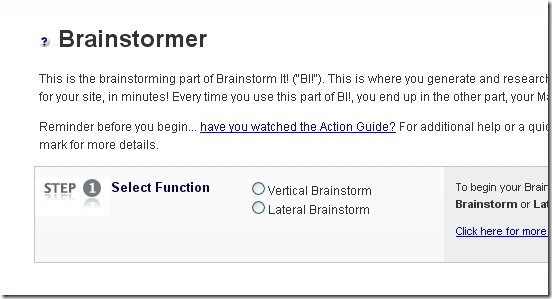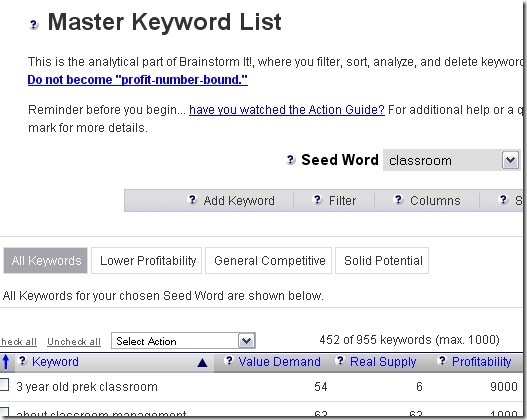I was discussing buying a site tips on one of the SiteBuildIt boards, when I came across this posting "Should You Buy an Established Website?" by Zac Johnson. It’s a good read, and he provides some good tips. Go here to read it, but do come back!
Over the years I’ve had my fair share of web site purchases. Some were good, and some were bad. Search any website forum or auction site and you are sure to find a handful of web sites that wet your appetite. Buying an established web site is a great way to expand your business outside of continually adding more ad campaigns, and can continue to generate revenue over a long period of time. Before you place that bid and jump into buying an established website, you should ask yourself a few questions. Just because it looks like a good deal, it might not be right for you.

While most of the rest of the discussion on the website is fairly mundane, I did think of a few comments that I would like to share with you about somethings that seem to be overlooked. So here goes:
If someone claims that "I cannot offer income statements, nor any guarantees of income", the only way that you can make sense of the value of the site is by assuming that the site makes no income, all.
Now, the siteowner may protest this, but then the siteowner would have to make clear what revenue the site actually generated, in doing so. A siteowner can’t simultaneously or reasonably claim a site has income but refuse to reveal how much. (Well, s/he can… but… it makes no difference).
The only way as a potential purchaser is to assume that, in the absence of any information to the contrary (assertions do not count), the site generates no revenue at all.
Then ask yourself: is the site actually worth the $3,900 it is being sold for.
Check the stats; check the google Index; check the traffic; check … and then assess for yourself, is the site worth what is being asked, in terms of what is being sold or included in the site.
Then ask yourself: do you have the knowledge or skill or relationships to build the site into a viable business that can generate reliable income?
Once you’ve done all that, then it’s time to set a price. Of course, … you may decide the site is only worth $390 or $39,000… but realize that what you are buying is the potential for you to build upon the current work.
BTW, don’t forget to check the site’s keywords in BrainstormIt, especially the primary ones on the main page. You’ll get a good idea about the actual viability of the niche. One thing I’ve noted in the sites on sale is that often the keyword selection is weak… so do your research! For those of you with SBI membership, you can login to the fuller discussion here.


